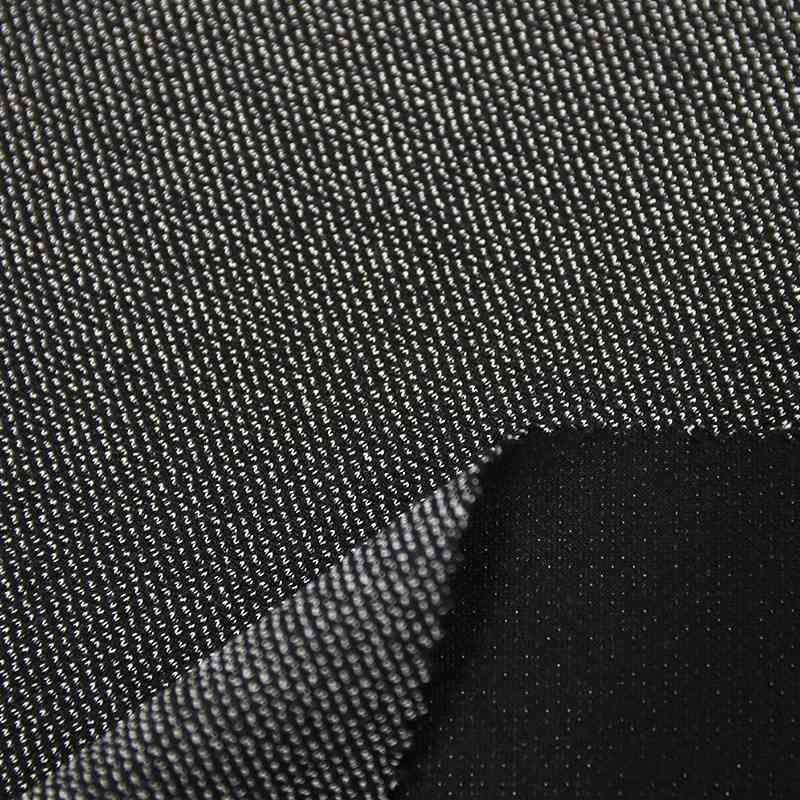 0571-82995618
0571-82995618 [email protected]
[email protected]- Wholesale Blended Fabrics Manufacturers
When buying bedding, you will always hear various sayings: this is plain, this is twill, this is satin, this is jacquard ... what does it mean? Which fabric is better?
Plain weave, twill weave and satin weave (tribute satin) refer to the structure of the fabric. These three are not good or bad in terms of structure alone, but because of the different characteristics of the structure.
Plain weave
The warp and weft yarns are interwoven every other yarn. The texture of the cloth is firm, scratchy, and the surface is smooth. Generally, high-grade embroidered fabrics use plain weave fabrics.
Plain weave fabric has many interweaving points, firm texture, smooth surface, the same appearance effect on the front and back sides, lighter and thinner, and better breathability. The structure of plain weave determines its low density. Generally speaking, the price of plain weave fabrics is relatively low. However, there are a few plain weave fabrics that are more expensive, such as some high-end embroidered fabrics.
Twill
The warp and weft yarns are interwoven at least once every two yarns. Twill is thicker, and the three-dimensional texture is stronger than plain weave.
Twill fabrics are easier to recognize, because the intersection of the warp and weft threads of the twill fabrics presents a structural form of diagonal twill on the surface of the fabric. It is characterized by positive and negative sides, less interweaving points, longer floats, soft feel, higher density, thicker products, and stronger three-dimensional sense of organization.

Satin
The warp and weft yarns are interwoven at least once every three yarns. The fabric with the highest density and the thickest, the cloth surface is smoother and more delicate, shiny, but the product cost is higher, so the price will be relatively expensive.
The satin weaving process is relatively complicated, and only one kind of warp yarn and weft yarn covers the surface in a floating form. The warp and satin covering the surface is called warp satin; the weft is long and the surface is covering weft satin. The long floating line makes the surface of the fabric have a good luster, and it is easy to reflect the light. So if you look closely at the cotton satin fabric, you will feel a faint luster.
If the filament yarn with better luster is used as the floating long thread, the gloss and reflectivity of the fabric will be more prominent. For example, the silk jacquard fabric has a silk-like bright effect.
The long lines in the satin fabric are prone to wear, fluff, or fibers being hooked. Therefore, the strength of this type of fabric is lower than that of plain weave and twill weave. The satin texture of the same yarn count is higher and thicker, and the cost is higher.
Jacquard
Popularized in Europe several centuries ago, jacquard fabric apparel has become a classic for the royal nobility to embody nobility and elegance. Nowadays, noble patterns and gorgeous fabrics have become the trend of high-end home textiles.
The fabric of the jacquard fabric changes the warp and weft during weaving to form a flower pattern. The yarn count is fine and the requirements on the raw materials are extremely high. The warp yarns and weft yarns of the jacquard fabric interweave and float, forming a variety of different patterns. The texture is soft, the texture is delicate and smooth, the finish, drape and breathability are good, and the color fastness is high.

Hangzhou Jinfeng Textile Co., Ltd